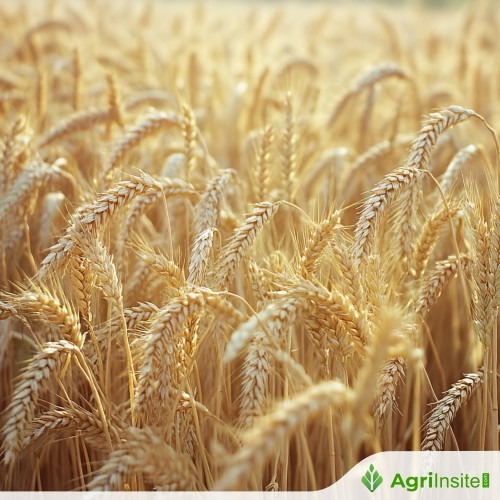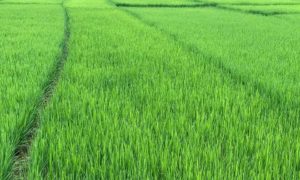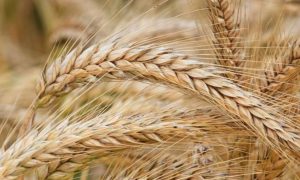Australia : Eastern and western wheat see production drop

Australia’s wheat production for 2025–26 is forecast to fall 10% to 30.56 million tonnes, mainly due to reduced yields in NSW (down 25%) and WA (down 13%). Despite a 3% drop in national plantings, Victoria and South Australia may see yield improvements. The crop is still expected to be the sixth largest on record.
The Australian Bureau of Agricultural and Resource Economics and Sciences (ABARES) released its June Crop Report last week, which gives us the first look at forecasts for the coming winter cropping season.
At first glance, the ABARES forecasts for the Australian wheat crop in 2025-26 look a little overblown. Wheat plantings are expected to be down 3%, thanks largely to a 5% decrease in NSW. The very dry start in southern NSW is likely to have limited sowing in more marginal areas.
Drought-afflicted Victoria and South Australia are also expected to have lower plantings, both by 2%. With the late break limiting canola sowing, more areas are expected to go into wheat, and less overall. Wheat plantings in WA are expected to be basically steady.
Last year was a bumper year for large parts of NSW cropping areas, and as such ABARES is forecasting a yield decline, from 3.31 to 2.66, which is still higher than the long-term average. Victoria and SA are forecast to see yields improve by 11% and 54%, respectively.
The forecast of vastly improved yields in SA might raise a few eyebrows. ABARES is placing significant trust in the Bureau of Meteorology’s (BOM) projection of average winter rainfall for the south. That may be fair enough, given the exceptionally low yields in 2024–25 and the fact that the 2025–26 forecast remains below average
In the West, yields are forecast to fall 12%. Like, NSW yields in WA are expected to fall from bumper to something near average.
Put all this together and you get a total wheat production of 30.56 million tonnes. Figure 1 shows the forecast represents a 10% fall from last year, but would still be the sixth largest crop on record.
The decline in total wheat production can be largely blamed on weaker yields in NSW, with ABARES forecasting a wheat crop 25% smaller. The WA wheat volumes are expected to be 13% smaller. With the two largest cropping states experiencing declining yields, national numbers have to fall as well.
To Read more about Wheat News continue reading Agriinsite.com
Source : Mecardo

















